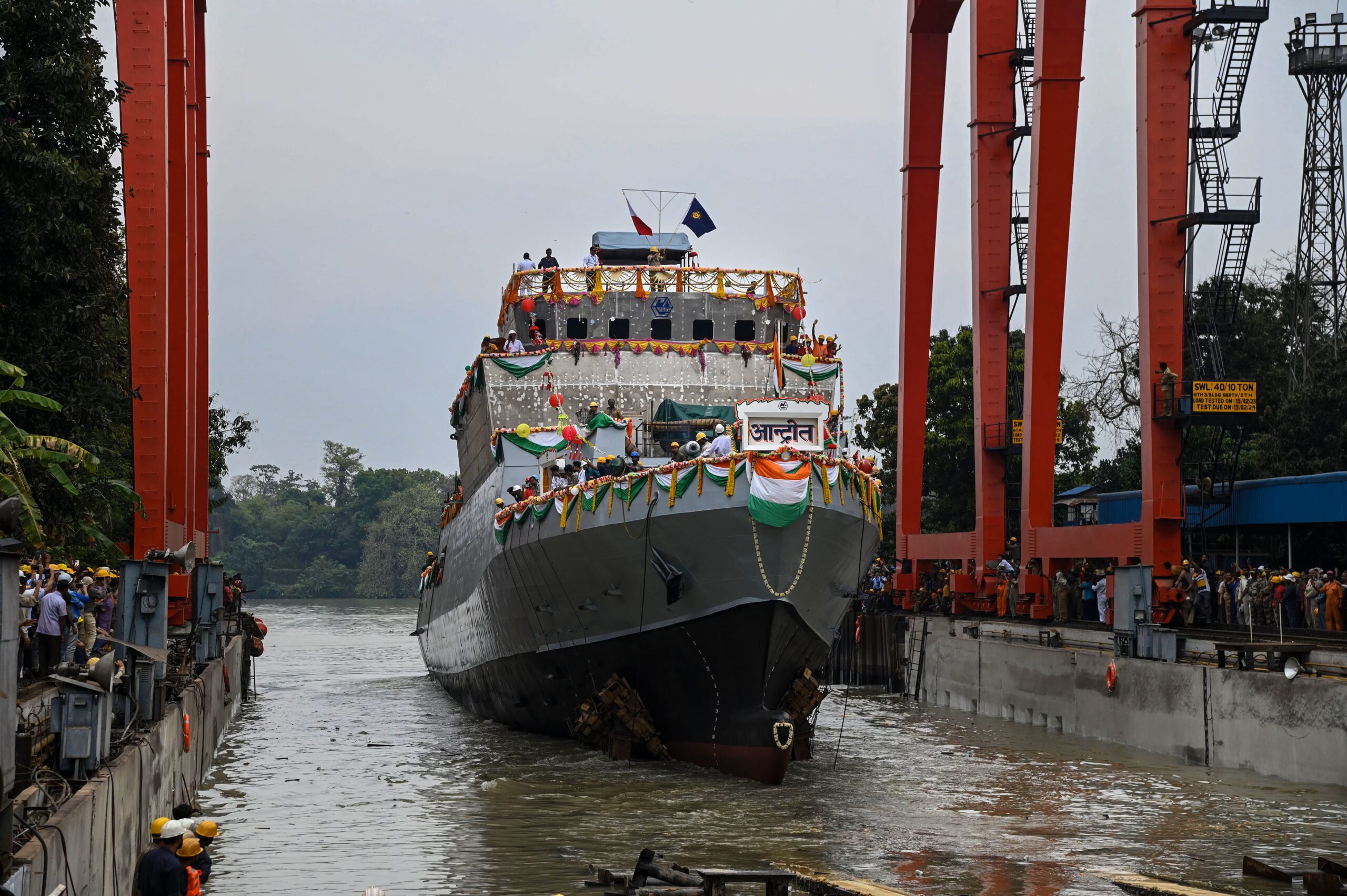New Delhi is watching with growing unease as Dhaka accelerates its defence modernisation through a series of strategic partnerships spanning Asia and beyond. Over the past year, Bangladesh has moved decisively from conventional procurement to multi-vector defence diplomacy — forging deeper links with China, Türkiye, Pakistan, the United States, and Japan.
Much of this activity has been documented and analysed by BDMilitary in a string of exclusive reports throughout 2025, revealing a clear strategic recalibration under the Forces Goal 2030 framework.
Chinese Combat Aircraft and Strategic Balance
The centrepiece of Bangladesh’s latest defence realignment is the planned acquisition of the Chengdu J-10CE multirole combat aircraft from China. According to local media and BDMilitary’s reporting, Dhaka aims to procure around 20 aircraft worth approximately $2.2 billion by 2027 — a deal that would significantly enhance the Bangladesh Air Force’s reach and combat capability.
The J-10CEs, equipped with advanced AESA radar and PL-15 long-range air-to-air missiles, would give Dhaka a qualitative edge over neighbouring air forces and mark a generational leap in operational capacity.
For India, long accustomed to viewing Bangladesh’s military posture as benign, this acquisition represents a major strategic shift in the eastern subcontinent.
Türkiye: From Supplier to Strategic Partner
Türkiye has emerged as a pivotal partner in Bangladesh’s defence modernisation. Recent high-level engagements — including the visit of Deputy Foreign Minister Ambassador A. Berris Ekinci to Dhaka — underscore Ankara’s intent to deepen both defence and defence-industrial cooperation.
As BDMilitary previously reported, Türkiye has proposed a $600 million defence package for the Bangladesh Air Force and offered extensive collaboration in armoured vehicle assembly, munitions production, avionics integration, and drone systems.
At the FEINDEF 2025 exhibition in Madrid, a Bangladesh Army delegation held detailed discussions with Turkish manufacturer Roketsan regarding long-range rocket and missile systems — building upon successful exports of Turkish-origin weaponry already in service with the Bangladesh Armed Forces.
These initiatives indicate that Dhaka’s partnership with Türkiye is evolving beyond simple procurement into an industrial and technological alliance, supporting local production and knowledge transfer.
Rekindled Ties with Pakistan
After years of diplomatic caution, Dhaka and Islamabad have quietly re-engaged in defence dialogue. BDMilitary’s detailed analysis of this potential cooperation highlights shared interests in small arms production, ordnance manufacturing, and aviation maintenance.
Bangladesh, now home to an emerging domestic arms industry with Czech and Turkish technical inputs, sees Pakistan as a possible collaborator in joint R&D, while Pakistan views Bangladesh’s growing market and industrial infrastructure as strategically valuable.
For both sides, this cooperation is pragmatic rather than political — a convergence driven by shared industrial needs and regional security concerns.
Expanding Partnerships with the United States and Japan
Dhaka’s engagement with Washington and Tokyo is another key dimension of its evolving defence policy. The United States continues to engage Bangladesh through military exercises, interoperability programmes, and high-level security dialogues, while Japan is exploring a possible framework for defence technology sharing and joint training.
Together, these partnerships signal Bangladesh’s determination to maintain a balanced and diversified security portfolio, ensuring access to both Eastern and Western technologies without exclusive dependence on any single source.
Frost with India: Cancelled Deal Marks a Turning Point
Relations with India, meanwhile, have cooled sharply. According to sources cited by BDMilitary, Bangladesh cancelled a pending defence order of a naval vessel with India earlier this year, following New Delhi’s imposition of trade restrictions that affected key Bangladeshi exports, including textiles and pharmaceuticals.
Dhaka viewed the Indian measures as hostile and economically coercive. The decision to withdraw from the defence purchase underscored Bangladesh’s unwillingness to intertwine its national security interests with a partner perceived as politically unreliable.
The episode marked a definitive break in bilateral defence ties, further solidifying Dhaka’s preference for more dependable and technologically advanced partners in Ankara, Beijing, Washington, and Tokyo.
Why New Delhi is Uneasy
From New Delhi’s perspective, several aspects of Dhaka’s trajectory are particularly disquieting:
- Rapid Capability Upgrades: Bangladesh’s acquisition of modern fighters, advanced munitions, and naval systems could shift the balance of power in the Bay of Bengal region.
- Localised Production: Foreign partners — notably Türkiye and China — are helping Bangladesh establish its own defence-industrial ecosystem. While India has no role in Bangladesh’s procurement or defence supply chain, this rise in local production underscores Dhaka’s growing self-sufficiency and further limits India’s already minimal regional influence.
- Strategic Diversification: Bangladesh’s willingness to engage simultaneously with China, Pakistan, Türkiye, the US, and Japan illustrates a confident, autonomous foreign policy approach. Dhaka’s multi-vector diplomacy ensures it remains free from any single sphere of influence — including India’s.
Dhaka’s Calculus: Capability, Autonomy, and Leverage
The underlying rationale for Bangladesh’s multidirectional defence policy is clear: strategic autonomy through diversification. By building relationships with a wide array of partners, Dhaka gains access to cutting-edge technology, offsets political pressure, and develops an indigenous defence industrial base.
The Forces Goal 2030 vision emphasises not only acquisition but also local production, self-reliance, and export capacity. Partnerships with Türkiye, China, and Japan directly support this agenda, while engagement with the United States ensures continued access to training, logistics, and international recognition.
Risks and Realities
Bangladesh’s ambitious strategy also carries risks. Managing multiple defence partners requires diplomatic balance, financial discipline, and robust oversight. China’s deepening footprint could invite geopolitical scrutiny, while joint-venture projects demand sustained investment in technical education and industrial infrastructure.
Nevertheless, the long-term benefits — technological transfer, employment generation, and strategic leverage — appear to outweigh the risks for Dhaka.
Outlook: A Regional Recalibration
Bangladesh’s emergence as a regional defence-industrial hub is already altering the strategic geometry of South Asia. New Delhi’s traditional assumption of regional primacy is being challenged by Dhaka’s pragmatic and diversified approach to security cooperation.
As BDMilitary’s ongoing coverage shows, Bangladesh’s message to the world is unmistakable:
“Dhaka no longer wishes to be a passive consumer of defence imports — it intends to be a producer, partner, and pivotal player in regional security.”
For India, the alarm bells are indeed ringing — not because Bangladesh is choosing sides, but because it no longer needs to.
Sources:
BDMilitary.com exclusive reports (2025) — “Bangladesh Plans $2.2 Billion Purchase of 20 Chinese J-10CE Fighter Jets by 2027”, “Türkiye Proposes $600 Million Defence Package for Bangladesh Air Force”, “Dhaka–Ankara Talks to Deepen Defence Industry Cooperation”, “What Bangladesh Could Gain from Defence Industry Cooperation with Pakistan”, and related coverage on Bangladesh–Japan and Bangladesh–US defence engagement.

Ayesha Farid is a regional security specialist focusing on South Asia, with over a decade of experience analysing inter-state tensions, cross-border insurgency, and regional power dynamics. She has worked with leading policy think tanks and academic institutions, offering nuanced insights into the complex security challenges shaping the subcontinent. Ayesha’s expertise spans military doctrines, border disputes, and regional cooperation frameworks, making her a vital contributor to BDMilitary’s coverage of South Asian strategic affairs. She leads the Geopolitics & Diplomacy section at BDMilitary. Ayesha holds a dual master’s degree — a Master in International Relations from the IE School of Politics, Economics & Global Affairs, Spain, and a Master of Public Policy from the Munk School of Global Affairs, University of Toronto, Canada — combining deep academic insight with practical policy expertise.


